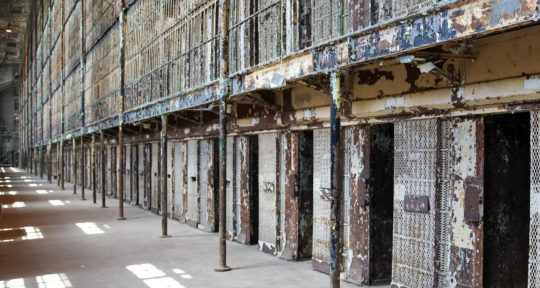When my friend creates her own version of the Harriet Tubman Underground Railroad Byway—a driving tour that includes 36 historical sites along more than 125 miles of Maryland’s eastern shore—I agree to go along. I don’t know what to expect, but over the course of eight hours, I tremble, I weep, and I dance as we retrace the steps of one of America’s most famous abolitionists and activists.
Tubman was born into slavery in 1822 and grew up in Dorchester County, Maryland. After escaping to Philadelphia in 1849, she returned to the area more than a dozen times to rescue family and friends.
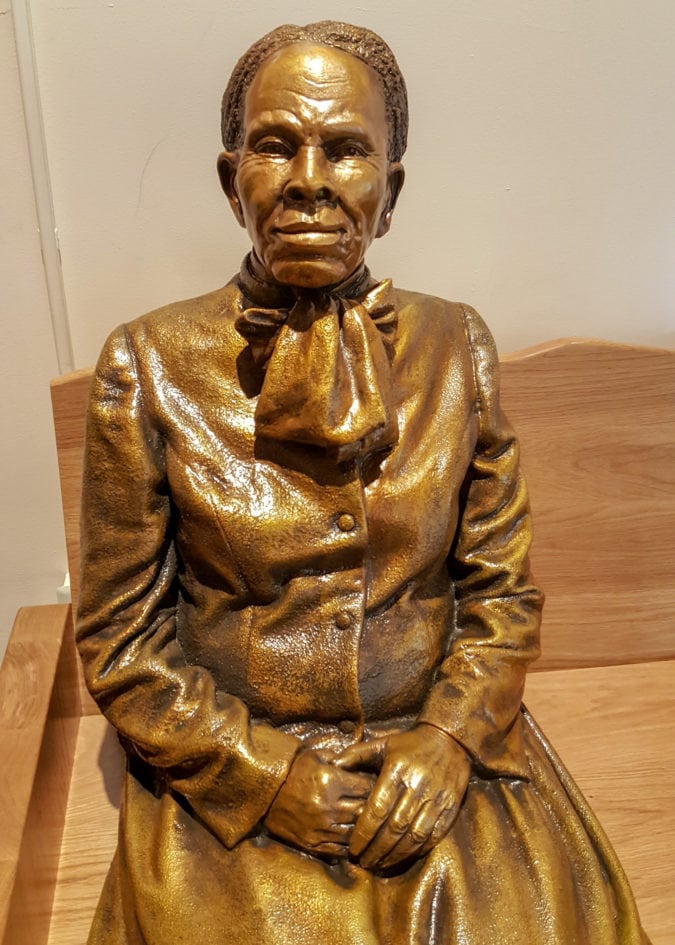

Grasping for the past
We arrive at the Harriet Tubman Museum and Education Center in downtown Cambridge before it opens, but take a moment to regard a black and white photograph of Tubman hanging in the museum’s window. A larger-than-life, 14-by-28-foot mural of Tubman extending her hand is painted on the side of the museum. The Harriet Tubman Memorial Garden features a mural of her as well, painted by one of her descendants.
7 must-see stops along the Harriet Tubman Byway
As we continue driving, the Harriet Tubman Byway audio guide plays in the car and I cry silent tears, wiping them quickly and hoping no one notices. I think to myself, “I—and so many others—might not exist if Harriet Tubman hadn’t helped free my ancestors.” I cannot fathom what her journeys must’ve been like, traveling through the woods at night while men hunted her like prey. Her faith and resilience are awe inspiring, to say the least.
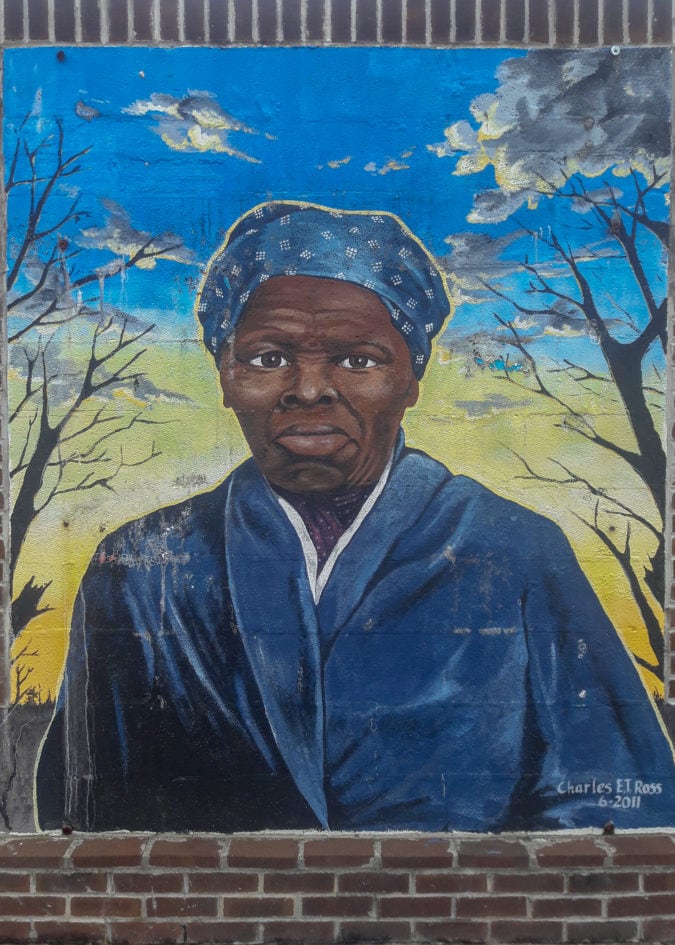
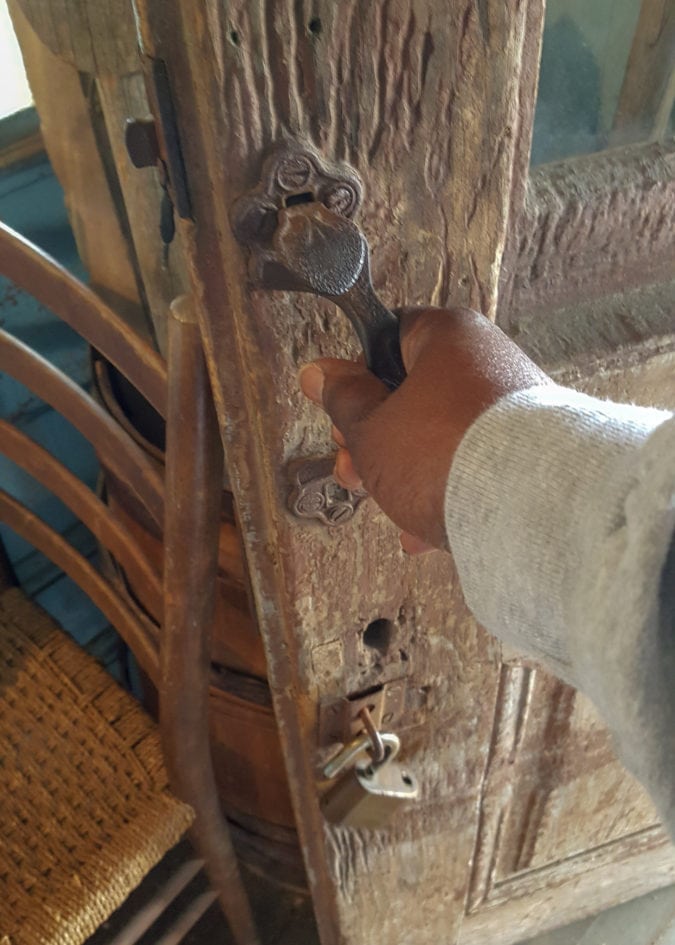
After leaving the garden and museum, we head to the nearby Bucktown Village Store, which looks today as it did in the 1800s. Tubman shopped here regularly as a teenager. When she refused to help a white man tie up his slave, he picked up a two-pound weight from the counter and threw it at his servant. It missed and hit Tubman instead, fracturing her skull. She received no medical attention and returned to work the next day, but she would suffer complications from this head injury throughout the rest of her life. Many refer to this incident as Tubman’s first act of defiance, but I see it as nascent heroism.
Learn about Ohio’s role in abolition at these stops on the Underground Railroad
I stand on the wooden steps at the entrance to the store and when I cross the threshold I feel as if I’ve been teleported back to the 19th century. The room contains shelves piled with antiques and a glass display filled with artifacts. I pick up the infamous black weight and hold it in my palm. It feels much heavier than its two pounds and I grow angry imagining it traveling across the room toward Tubman. I also feel grateful that she survived.
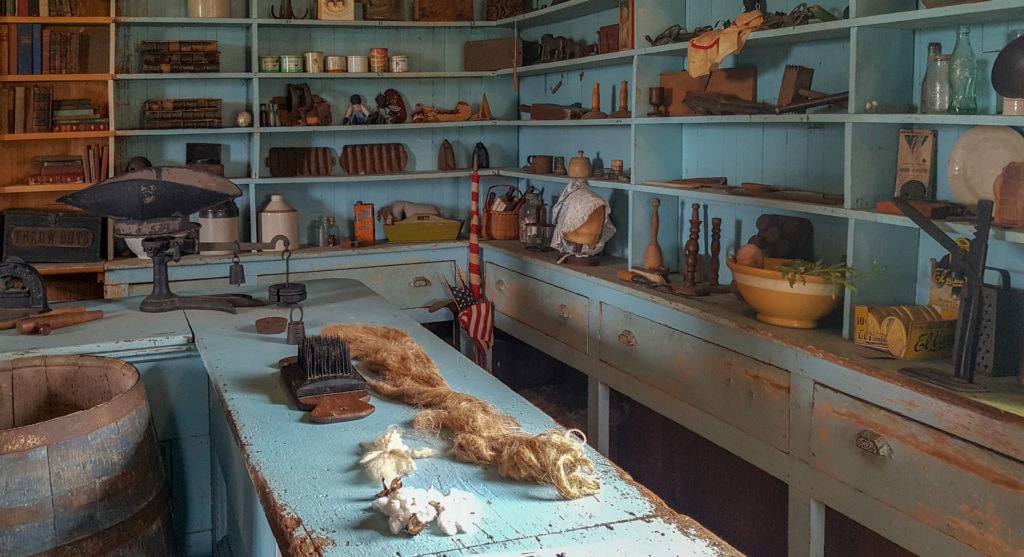
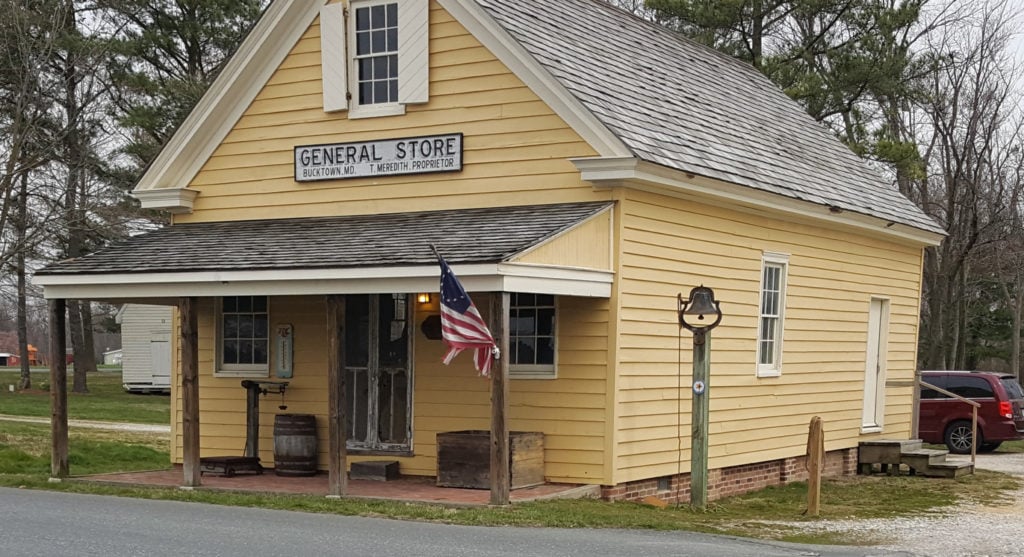
I listen to the shopkeeper share tales about the general store’s history and Tubman’s life. Wandering around the floor, I try to picture the other indignities that Tubman and fellow slaves were forced to endure. A cotton ball lies on the rustic blue counter, representing the despair of so many. I’m reminded that there are people still living in the U.S. today with painful memories of working in the cotton fields—they’re told to get over it, but I pray to never forget.
7 Black history museums in the U.S. to visit year-round
Before I exit the shop, it occurs to me that Tubman may have touched the door handle in front of me. I want to palpably experience history, so I reach out, grasping for the past. I want to feel not only her presence, but her pain.
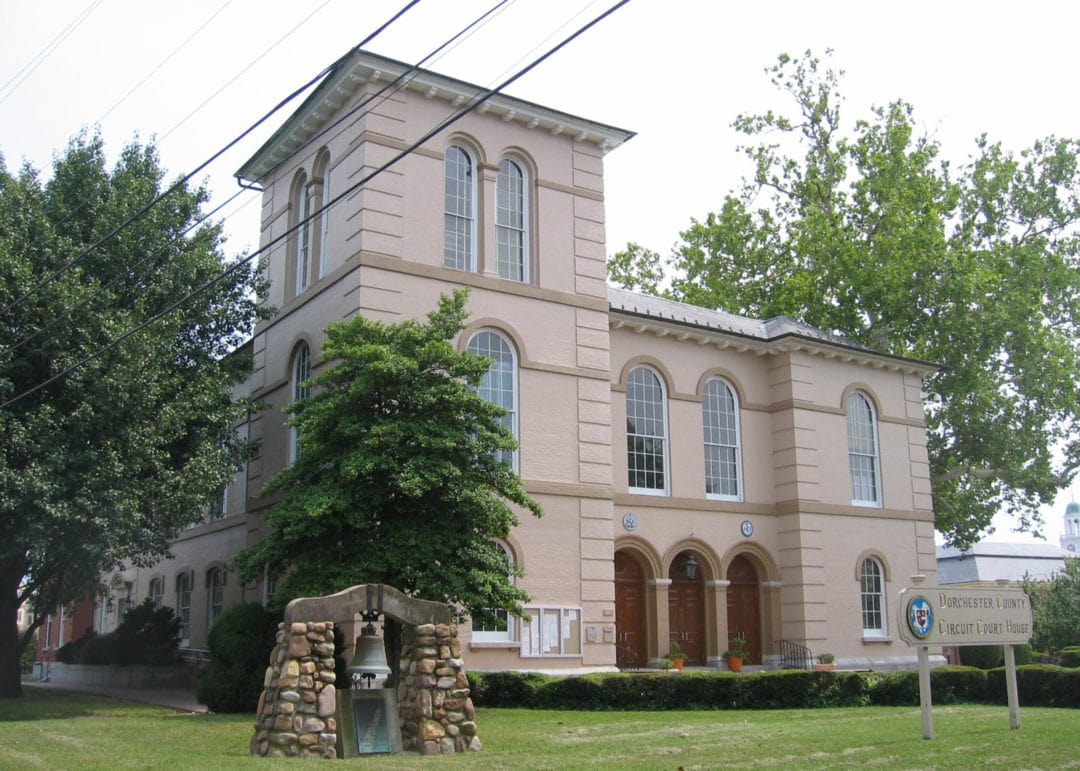
Persist and rest
Later, we explore the Stanley Institute Museum, formerly known as the Rock School. The one-room schoolhouse was built in 1865, moved to its current location in 1867, and run by local Blacks until the 1960s. The small foyer provided space for coats and galoshes, and a large boiler is surrounded by old fashioned desks.
I glance at the various books and think about how, prior to the Civil War, it was a crime to teach slaves how to read. Yet they persisted in pursuing their own education and taught others. I’m surprised to learn that Tubman herself was unable to either read or write.
It’s impossible—and even dangerous—to strip a building of its historical context.
We drive through a residential area until we arrive at the manicured lawn of the Dorchester County Courthouse. The courthouse once hosted slave auctions—in fact, Tubman’s niece and her two children fled from the auction block before they could be sold into slavery. She met them in Baltimore and led them to Philadelphia, where they were free.
National Park Service sites dedicated to Black history in the U.S.
The courthouse possesses an objective beauty, but it’s impossible—and even dangerous—to strip a building of its historical context. My stomach twirls into knots and I refuse to step onto the elevated auction block. I maintain my physical distance while allowing myself to grieve for those who did not have the same choice.
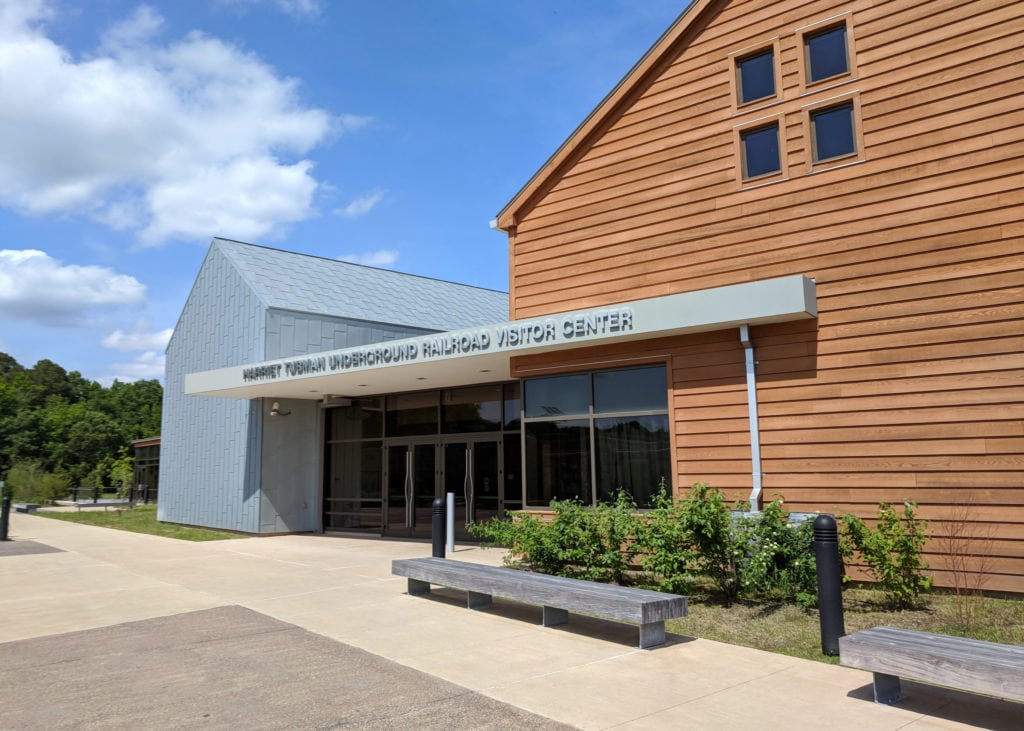
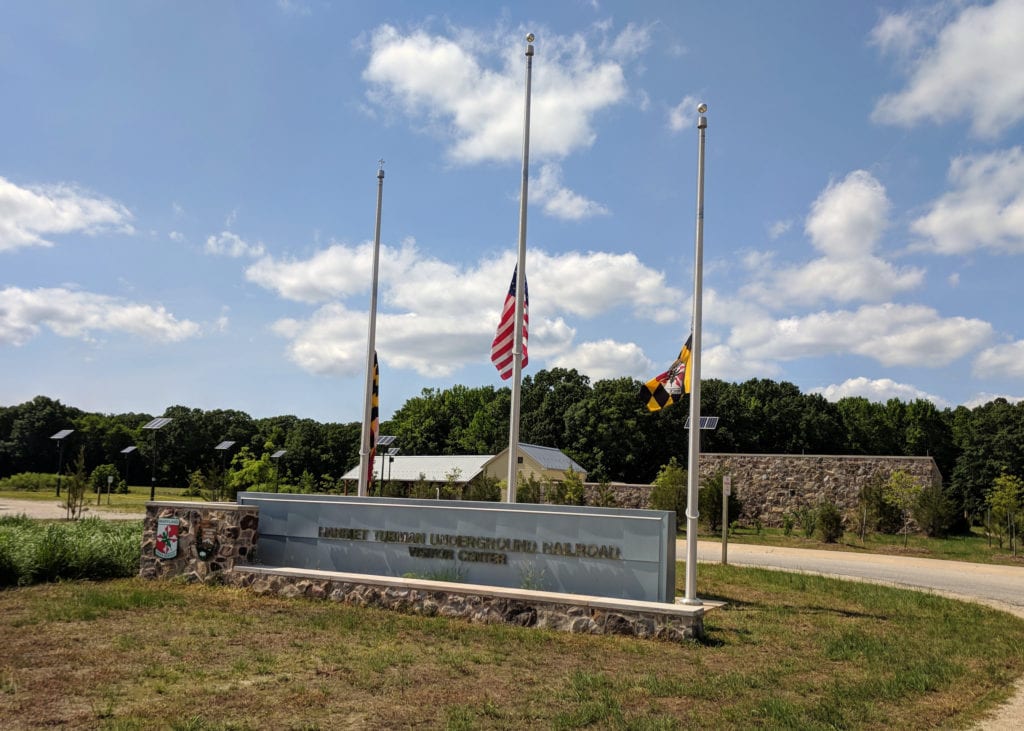
Our last stop is the Harriet Tubman Underground Railroad National Historical Park Visitor Center. Tubman more than deserves a space that honors not only her life as a slave and crusader, but also as a suffragist, civil rights activist, and humanitarian. I hope to finally find peace at the 10,000-square-foot sanctuary, and I’m greeted by a bronze bust of Tubman; she looks regal.
A documentary about Tubman’s life shown at the Visitor Center is so riveting, I watch it twice. Afterwards, I sit on a bench next to a life-size statue of Tubman. We’ve only made five stops, but I’m exhausted. I imagine Tubman making at least 13 of her arduous journeys, ushering more than 70 people to freedom along the way. When I look over at her, she looks delicate and calm. “Thank you for your sacrifice,” I whisper.
If you go
The Harriet Tubman Underground Railroad Byway is a 125-mile self-guided driving tour. For an interactive map and to download the audio guide, visit hariettubmanbyway.org.


